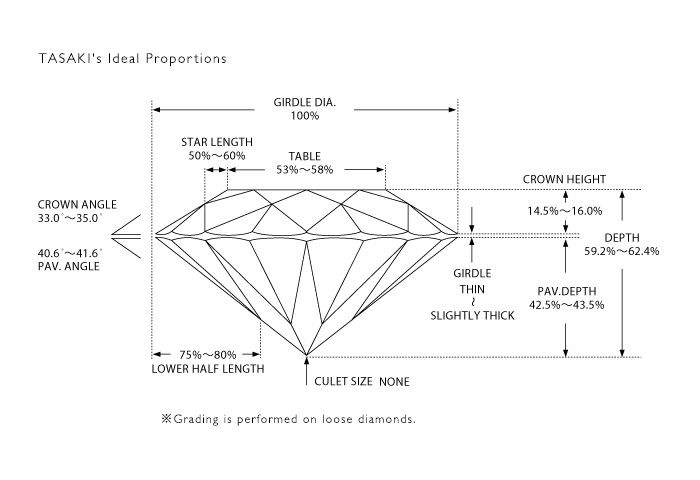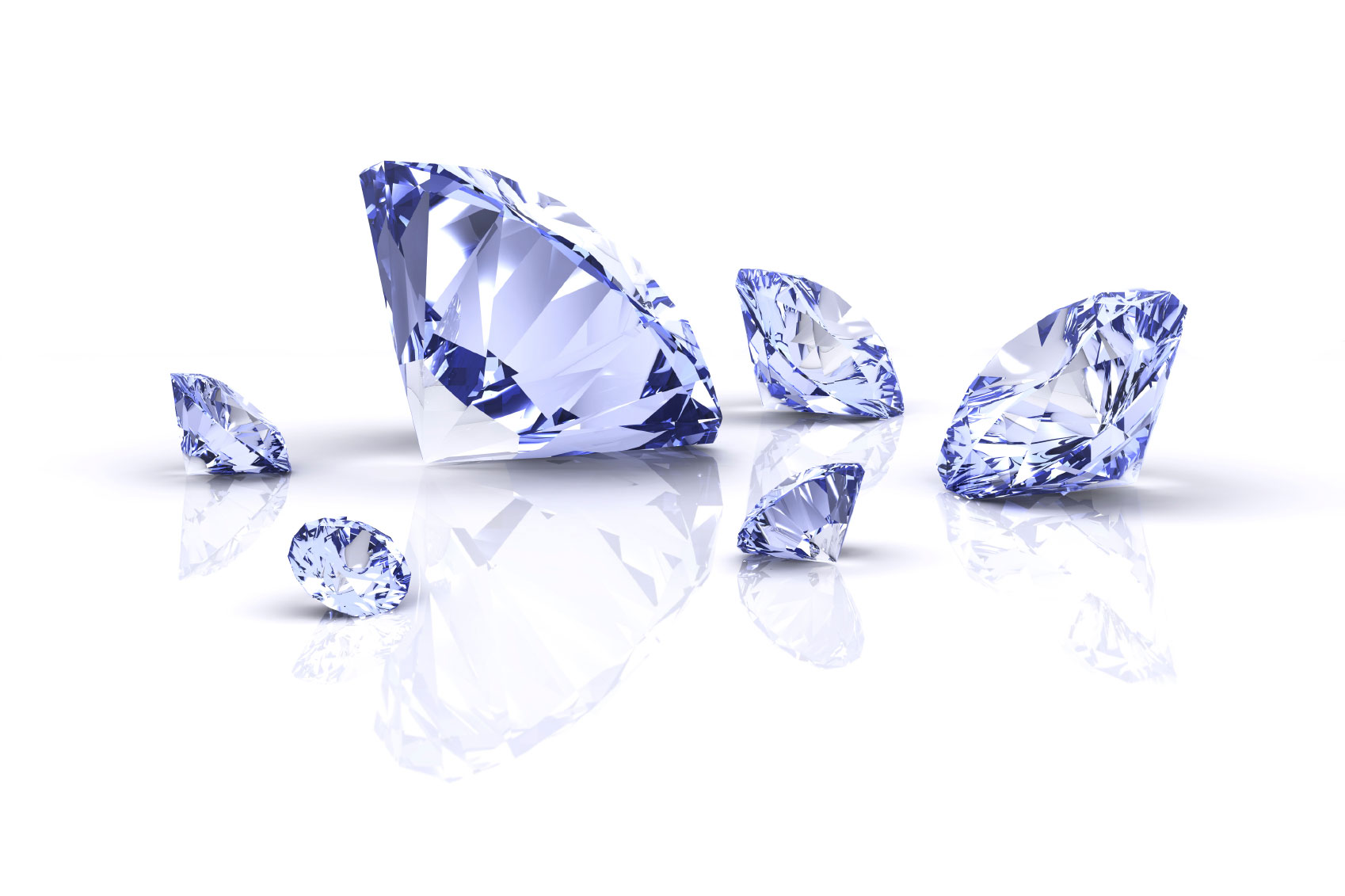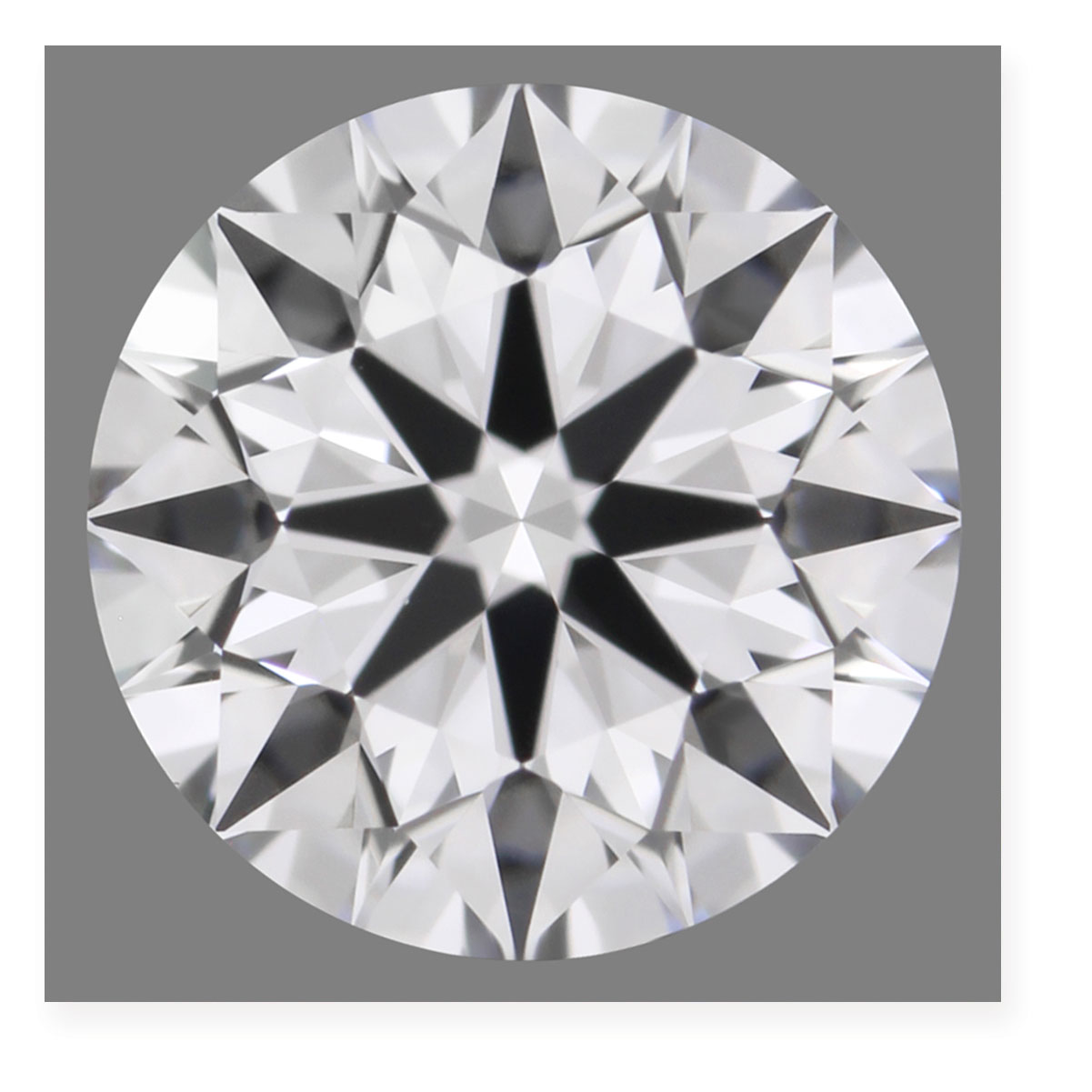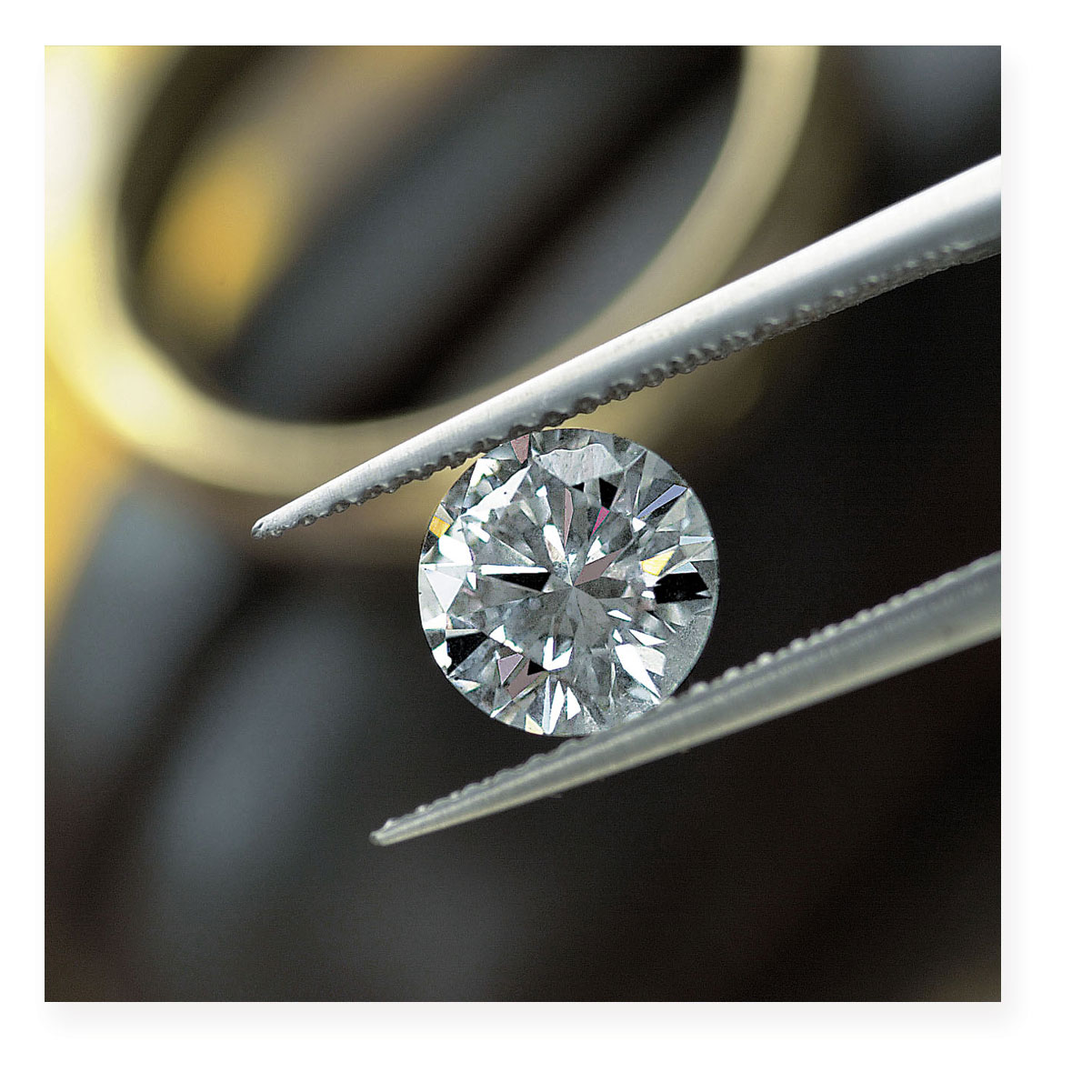Cut
The “cut” refers to a diamond’s proportions, symmetry and polish. “Cut” shouldn’t be confused with “shape”. “Shape” refers to the general outward appearance of a diamond (such as round, emerald or pear), the “cut”, or “make”, refers to the facets, their shape, size, proportions and relative alignment on the surface of a diamond. It is the “cut” that determines a diamond’s fire, sparkle and brilliance.
A diamond’s cut grade is an objective measure of a diamond’s light performance. When a diamond is cut to good proportions, light is reflected from one facet to another and then dispersed through the crown or top of the stone. If the cut of the diamond is too deep, or too shallow, light will escape through the pavilion before it can be reflected.












